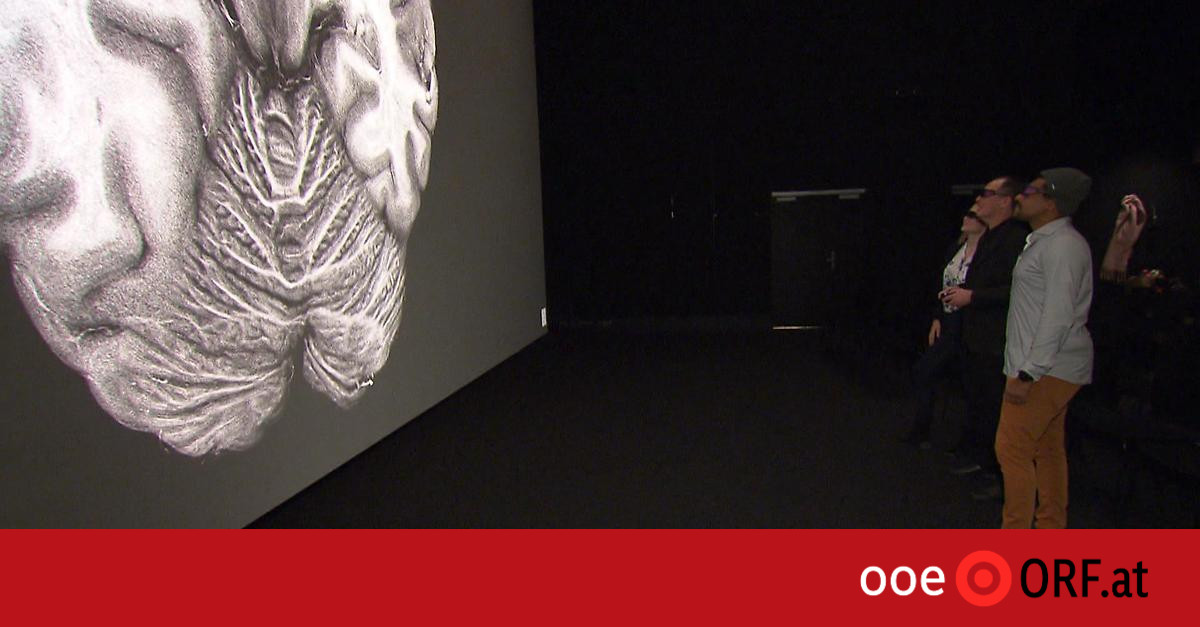Sciences
Linz radiologist and pioneer of anatomical imaging, Franz Fellner, opened his inaugural lecture at the Johannes Kepler University Faculty of Medicine on Tuesday to global fanfare. He showed for the first time how you can virtually enlarge the smallest structures of the human body.
The dream of being able to see the final angles of the human body without a microscope has become a reality. At Johannes Kepler University, medical students can use 3D glasses to see organs as a whole for the first time and at the same time continuously zoom in on even the smallest structures. Fellner: “Of course, it would be much easier to understand if you could show a large scale of what it looks like under a microscope. For me, this freely zooming back and forth between the macroscopic and microscopic world is truly a global sensation.” In this way, the gap between macroscopic and microscopic anatomy can be bridged seamlessly.
The organs are exposed to X-rays
In addition to virtual anatomy of living humans, where real datasets from MRI and CT scans are combined to form images, the resolution of the images can now be increased further. For this purpose, the organs of body donors, that is, dead people, are exposed to very powerful Resolution and high contrast.
“A whole new dimension to teaching”
This means that organs are displayed in 3D from massive amounts of data with unprecedented accuracy. This makes it possible, for example, to travel through all corners of the brain, says Fellner: “No anatomist, no microscope, no microscope can do that.” This creates a whole new dimension to teaching, and it couldn’t get any better than that.
“Google Maps of the Human Body”
More knowledge about the human body can be achieved through the “Atlas of Human Organs” project, a virtual representation of the entire human anatomy, says Engel: “Imagine it’s a bit like Google Maps or Google Earth, the same for a human. You have the body. We can To look at it as a whole and then zoom in on the individual organs and then go down to the cellular level.
JKU Medspace: Virtual dissection on an area of 14 x seven metres
These pioneering innovations are now visible in JKU Medspace – the virtual anatomy lecture hall. Fellner: “At 14 x seven metres, and in holographic 8K, this is still one of its kind in the world.” In other words: virtual anatomy is only taught in this revolutionary form at the Johannes Kepler University in Linz.

“Total coffee aficionado. Travel buff. Music ninja. Bacon nerd. Beeraholic.”







More Stories
The world's largest digital camera aims to discover 20 billion galaxies
Could cause Mars to 'shake' – new insights into ancient Big Bang theory
It could cause Mars to 'shake' – researchers have new insights into ancient Big Bang theory